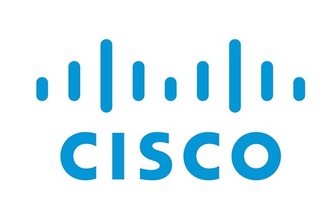Software will detect suspicious activity and reduce internal theft
Somerfield cuts internal till fraud Supermarket chain Somerfield expects to save up to £5m a year by installing fraud detection software in all its stores. The software detects suspicious act...
To continue reading this article...
Join Computing
- Unlimited access to real-time news, analysis and opinion from the technology industry
- Receive important and breaking news in our daily newsletter
- Be the first to hear about our events and awards programmes
- Join live member only interviews with IT leaders at the ‘IT Lounge’; your chance to ask your burning tech questions and have them answered
- Access to the Computing Delta hub providing market intelligence and research
- Receive our members-only newsletter with exclusive opinion pieces from senior IT Leaders
















